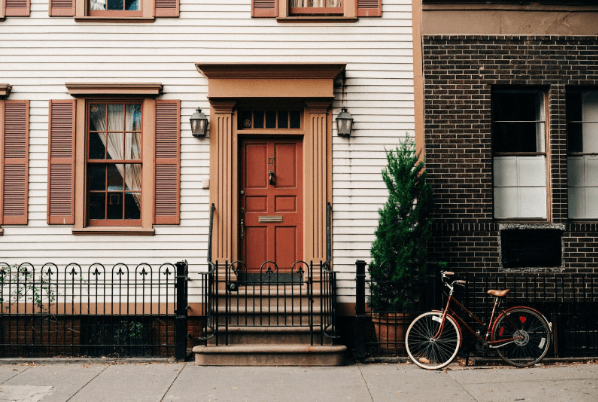We all know the jokes about millennials and home ownership – that they are the generation who would rather spend money on avocado on toast than a house. But many studies have found this not to be the case. According to data from Westpac Life, the most popular goal for their 25-34-year-old bank customers was home ownership. The data also showed that these millennials had saved 10 times the amount of money for this goal than they had for travel.
A survey by ING also reflected this data, showing more than 33% of millennials were saving to buy a home within the following three years.
Gone are the days of a minimum 20% deposit for a home loan – with many lenders now offering loans with a 5% deposit. Interest rates are also low, which means it could be a very good time to consider entering the housing market.
So, what are some tips millennials looking to purchase property can employ to help them achieve their dreams quicker and easier?
Research the areas you’d like to live in
The internet has made it easier than ever before to research the areas you would like to buy in. Checking the prices of places that have sold in the area can be a good way to get an idea of how much you’d be looking to pay for the type of property you are after. Many online property listing sites offer this as an option. StreetAdvisor is another handy tool when researching places to buy, as it allows you to find out information about the city or street you’re interested in, written by people who have lived in or are familiar with that area.
Visiting open homes in the suburbs you are looking to purchase in is also helpful as it can give you a physical feel for the area. The things to consider when exploring areas will differ depending on your requirements, but some variables to keep an eye out for include public transport access and proximity to local schools and supermarkets.
Talk to experts
If you have a suburb or location in mind that you’d like to purchase a property in, consider contacting real estate agents in the area to talk about your options. Experienced agents can provide a wealth of knowledge about the suburbs they work within. It could also be worthwhile to have a session with a financial planner to discuss your finances and whether you are ready to take on the commitment of a property.
Work out the costs
Buying a home comes with a few costs that you should keep in mind when working out how much money you will require. You’ll need to pay a small fee to a conveyancer for their legal work, and if you have less than 20% deposit, you’ll also need to pay for Lenders Mortgage Insurance (LMI). Luckily, there are useful online calculators to better help you work out how much LMI you might have to pay.
Sitting down with a lender to work out how much you can borrow can also be helpful. Experienced lenders will be able to walk you through your outgoings, help you create a plan to achieve your financial goals, and give you an idea of how much money you can borrow.
Consider moving away from the city
Due to factors such as supply and demand and desirability, cities are notoriously expensive to buy in. If you are flexible with where you would like to live, it might be worth considering more regional areas, as you can generally get more bang for your buck in terms of land and property size. For example, the average house in Ungarie, NSW is $62,000 (AUD), while the average home in Sydney, NSW is a whopping $1.1 million (AUD). Similarly, the average house in Los Angeles, CA is $615,000 (USD), while in Oxnard, CA, the median is $332,600 (USD).
If you are set on living in the city, but are on a budget, one option is to find an up-and-coming suburb that is in the process of being gentrified. Another option is to purchase a fixer-upper and renovate it yourself over time. Remember: if money is tight it’s best to buy the worst house in the best street, as the location is often more important than the home itself.




